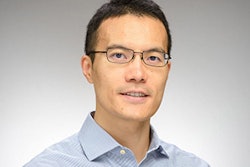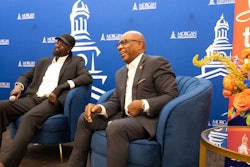WASHINGTON, D.C. – If program leaders want their STEM proposals to stand out at the National Science Foundation, think global and think collaboratively, two NSF officials said Friday at a conference on producing more globally-minded STEM students.
“If your research proposal has an international dimension to it, you’re going to score higher,” said Susan C. Kemnitzer, deputy director of the Division of Engineering Education and Centers of the National Science Foundation, or NSF.
Kemnitzer offered that insight on the final day of “Creating Globally Minded STEM Professionals Through Internships/Work Abroad Programs,” hosted by the Institute of International Education (IIE). Her remarks were made during a panel discussion on funding models for work abroad programs.
Kemnitzer said institutions searching for funds for engineering projects should review criteria under “PD 10-1340” on the NSF website. Among other things, she said, her division will entertain proposals to do research on how the international experience changes students.
“We also are looking for ways to take existing research activities that are going on in the U.S. and link them with similar research in other countries,” Kemnitzer said.
However, working with institutions in other countries has to involve a substantive, two-way partnership, said Nancy Sung, Program Director for the East-Asia Pacific, Office of International Science and Engineering at NSF.
“We want to see true intellectual collaboration that’s not one-sided,” Sung said.















